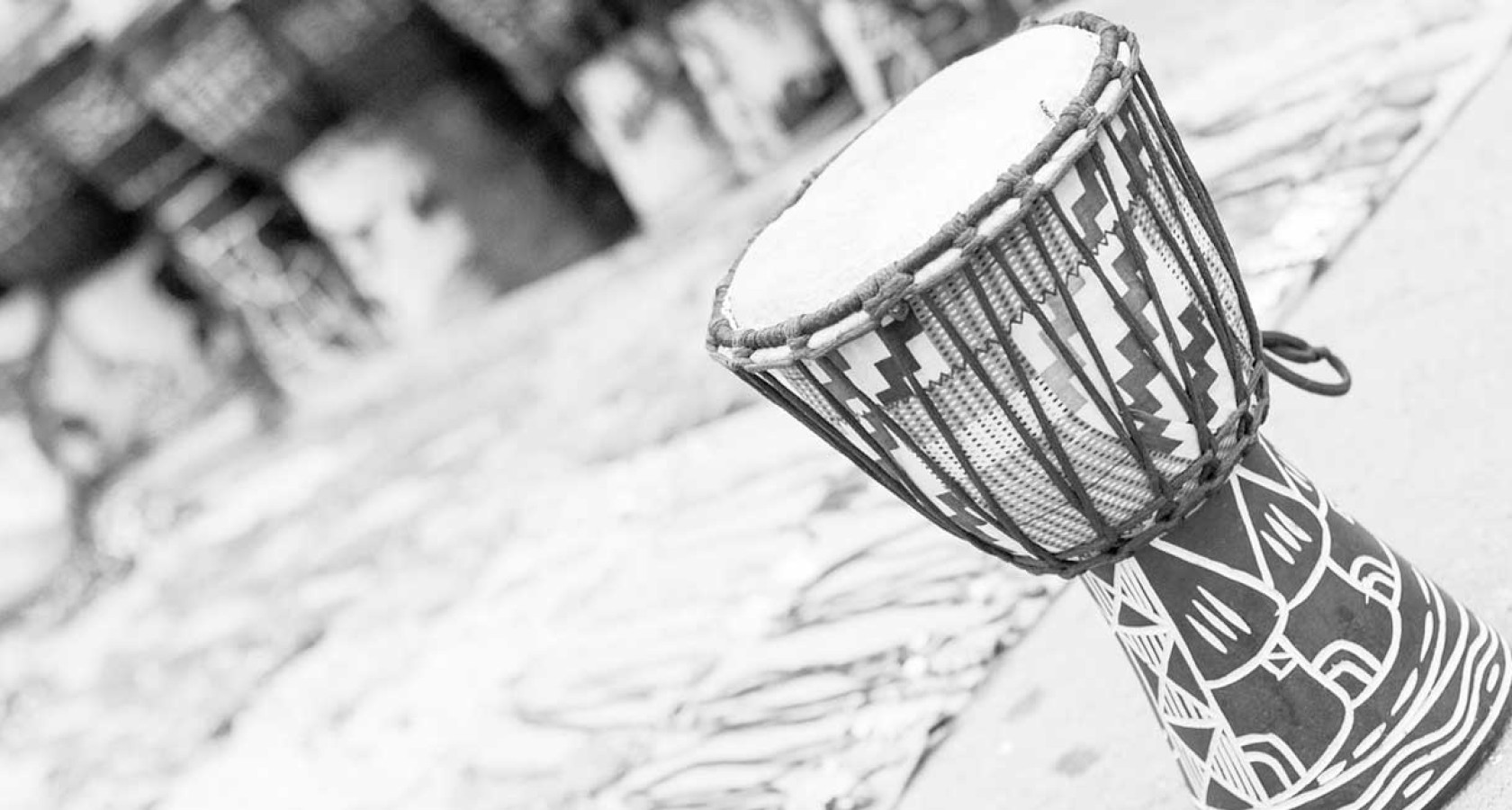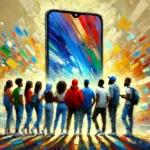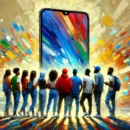Here’s how to manage queues
“There are three givens of human nature that queuing psychologists must address: 1) We get bored when we wait in line. 2) We really hate it when we expect a short wait and then get a long one. 3) We really, really hate it when someone shows up after us but gets served before us.”
SETH STEVENSON Slate (June 1, 2012)
Wherever you look in Kenya, people are queueing up.
They’re queueing up to pay bills; to make enquiries; to manage their money; to meet people; to board or disembark; to have someone answer their call. And they hate it.
Organizations in Kenya are adept at making people queue; they are less skilled at managing and reducing those queues. As I have written before, queues are often lazily thought of as a sign of success. They are better viewed as a failure.
Do not forget that we live in the social media era. People who are angry in your queue now have a dangerous channel through which to vent their frustration. They will take a photo of your queue and post it to Twitter or Facebook, instantly and cheaply. As more smartphones enter more hands, you have every reason to be worried by this phenomenon.
An insightful piece in Slate recently went deeper into the issue of queues. The excerpt shows the three things that people hate most about queues: that they are boring to be in; that we hate them more when they are unexpected; and that we really hate them when they are unfair, and undeserving people are allowed to cut in in front of us.
These three insights give managers something to work with. Disney, for example, is the master on in-queue entertainment. At their theme parks, you might wait as long as 45 minutes for a ride that will be over in just eight minutes; but Disney will ensure the entertainment actually begins in the queue itself: through video teasers, and moving the queue through a variety of chambers to retain interest and create a sense of progress.
(Note to Kenyan banks: in-queue entertainment does not constitute a highly tedious, self-praising corporate video played in an endless loop on a small screen. Thank you.)
The point is to give people something to do while they queue. Give them something to look at, little competitions to enter, distractions for their children, or just free WiFi so that they can entertain themselves. Allow them to register in the queue and leave it to do something else, and be summoned by text or a buzzer within the vicinity when you are ready to see them (this works well in malls).
The second insight is about expectations. People in urban areas are always pressed for time; those in rural areas less so. Understand this. In high-pressure urban branches, understand peak cycles and add tellers as queues build. Ensure that people who finally get to a teller are met with a smile and sympathy, not sullen indifference.
The final point, however, is about fairness. Most people are stoic as long as everyone suffers equally. They get very angry, however, when they have waited patiently and some bully or bigwig who’s just arrived gets in ahead of them.
Organizations must watch this one carefully. Do not allow preferential treatment for anyone. Use “serpentine” queues (where one winding line is served by all the tellers), simply because they are fairer.
The best antidote for queues, however, is to minimize them in the first place. Invest in more tellers – the gain in customer happiness may well outweigh the cost. Introduce online transactions and smartphone applications that allow people to do their business with you without needing to be with you – but introduce this properly and systematically coach customers through the change.
It is high time you paid deep attention to that queue on your premises.

Buy Sunny Bindra's book
UP & AHEAD
here »
Popular Posts
- What is a nation?June 30, 2024
- To be a great leader, think like a farmerJuly 21, 2024
- Don’t be surprised by surprisesJuly 14, 2024
- It takes mavericks to change the gameJuly 7, 2024
- Why we should all be activistsJune 16, 2024















